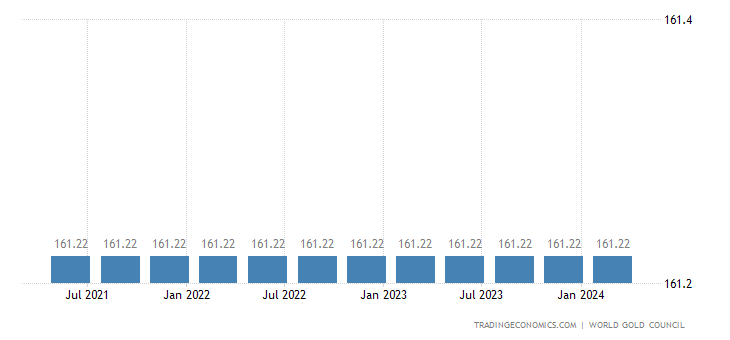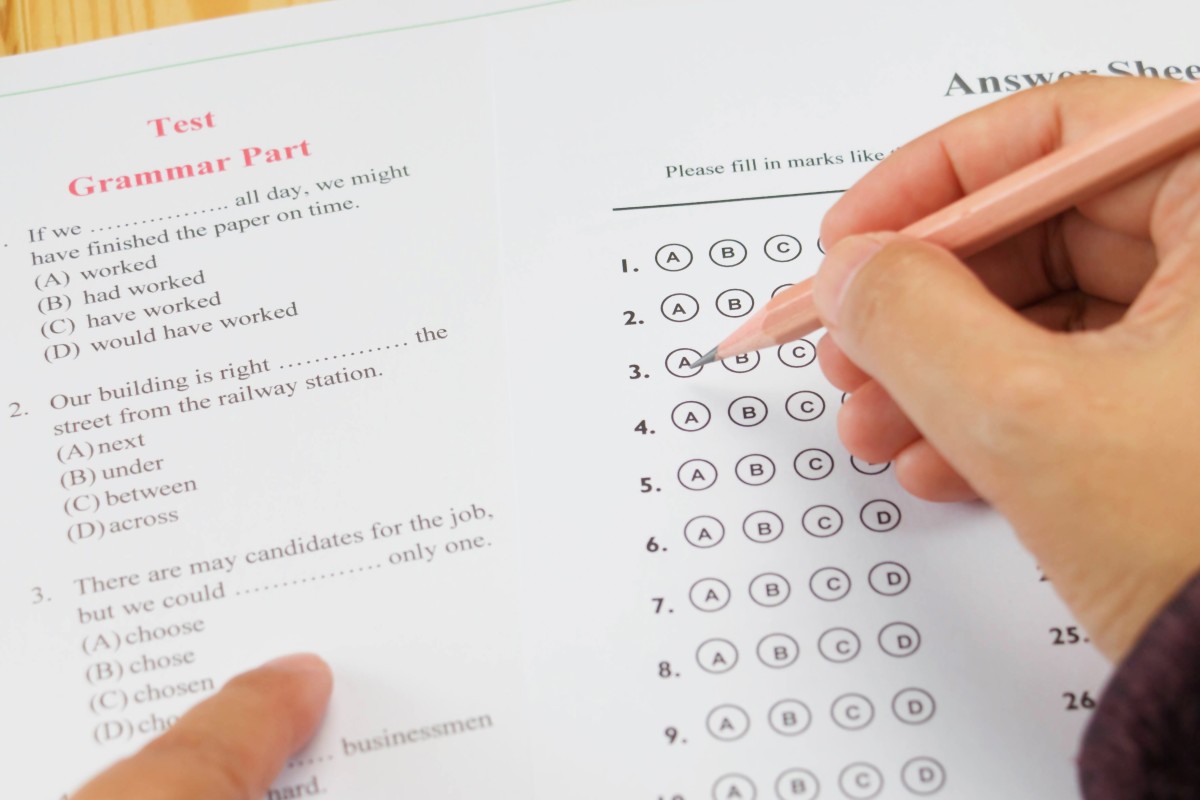This briefing book provides an invaluable and detailed look at how the Bush I administration deliberated over the critical next steps in confronting the North Korea nuclear program, as well as concerns held by the Pentagon about the approach recommended by the State Department. This briefing book was prepared for a NSC/Deputies’ Committee meeting to be held on December 17. The Deputies’ Committee was composed of high-ranking representatives below the Cabinet level from the State Department, the Secretary of Defense and JCS, the CIA and ACDA, as well as other agencies as required, and met to discuss policy issues that cut across the agencies’ briefs. The level of detail found in this briefing book regarding the various negotiating goals and approaches defies easy summarization, and the materials should be read closely to capture all the nuances and factors entering into the U.S. diplomatic efforts aimed at halting Pyongyang’s nuclear program. The contents of the briefing book, with comments on significant points, include: (page numbers refer to the PDF copy):
A) Cover memo, table of contents and agenda (pages 1-3)
B) Meeting objectives memorandum (page 4)
The purpose of the meeting was to consider a “gameplan” to bring North Korea’s nuclear weapons program under control. Specific steps to be considered included preliminary contact with North Korea at the deputy assistant secretary level. This would be accompanied by an approach by Ambassador J. Stapleton Roy in Beijing to invite North Korea to send a high-level official to meet with a U.S. counterpart in New York before President Bush visited Seoul in early January. Also under consideration were talking points for these meetings and demarches to countries with relations or potential influence in Pyongyang informing them of the U.S. concerns about the DPRK nuclear program.
C) Memorandum for ASD/ISA James R. Lilley, Subject DC Meeting on North Korea Nuclear Program, ca. December 12, 1991 (pages 5-6)
This memorandum summarizes the key points in the gameplan and lays out the Pentagon’s concerns that the talking points are too “forward-leaning” with respect to offering the prospect of normalized relations with North Korea at this early point in the process. The Pentagon was already concerned that South Korea had rushed ahead in talks with North Korea about a non-aggression agreement while putting the nuclear issue off to the side. ACDA Director Ronald Lehman in his recent visit to Seoul (see 5 and 6 below) had sought to bolster South Korea’s determination to press Pyongyang on this issue by agreeing to the idea of a North-South inspection regime. The Pentagon agreed with the key point of the gameplan, which was a high-level meeting to make sure Kim Il Sung knew directly about U.S. concerns regarding North Korea’s nuclear program and that, for real progress, signing the IAEA safeguards agreement was not sufficient but the DPRK should reciprocate Roh Tae Woo’s November 8 non-nuclear declaration foreswearing the development, including reprocessing and enrichment, of nuclear weapons. But the Pentagon strongly held that the U.S. side should not offer too much by way of a possible normalization of relations in these early contacts. In its view, the mere fact that these two meetings might take place were carrot enough, and the U.S. should make any second meeting conditional on North Korea signing and implementing safeguards, and agreeing to a reciprocal non-nuclear policy with Seoul and to at least trial inspections.
This memorandum has the following attachments:
1) Suggested Talking Points for Mr. Lilley (page 7) – This paper summarizes the main points Lilley should make in the Deputies’ Committee meeting to drive home the Pentagon’s concerns: keep the pressure on South Korea to push North Korea on the nuclear issue in its bilateral talks and to avoid prematurely raising the prospect of normalized relations in the initial meetings with North Korea, which should focus on making clear the U.S. concerns and benchmarks for progress on the nuclear issue.
2) Strategy for Dealing with North Korean Nuclear Issue (Gameplan paper) (pages 8-15) – This is the State Department paper laying out the diplomatic, political, and economic steps the U.S. should adopt as it works to resolve the North Korea nuclear problem, along with a timeline. The basic components of the plan were: continued international efforts to press North Korea; ensuring that Seoul press Pyongyang at the North-South talks on the nuclear issue; and clearly stating the U.S. position on a peninsula-wide ban on reprocessing and enrichment, both to the world and especially to the DPRK in proposed initial and follow-up, high-level meetings. While there were current signs of movement and success in building international pressures on the DPRK, the paper also sounded a number of warnings, noting that “there is a well-established history of Pyongyang raising expectations . . . only to back off at the last minute with additional demands,”
The paper acknowledges that the odds may be against the U.S. in pursuing the gameplan. It was entirely possible that North Korea had no intention of changing course, and would aim to “delay, diffuse international pressure, and use any opportunity to seem forthcoming, without making meaningful concessions.” Adding to the uncertainties were the gaps in intelligence regarding North Korea’s processing of nuclear material at Yongbyon. There were also signs that North Korea might try to move and hide its processing facilities before agreeing to inspections. The proposed plan for the next few months was to combine increased international pressure with concrete incentives for North Korea to take the steps needed to rein in its nuclear program. The international campaign would be waged on a number of fronts, including with Japan, China, Russia, the IAEA, and the UN. The latter posed particular issues, such as possibly inviting “invidious comparisons” to other unsafeguarded nuclear programs, such as Israel’s. China also posed its own set of possibilities and concerns. The U.S. hoped Beijing would provide more reliable information about the North Korean nuclear program as well as exert its influence. But the U.S. could not be “absolutely certain of PRC motives … and it is unlikely they would be prepared to take any measures they perceived as putting the survival of the Pyonguang regime in question.”
These efforts needed to be coordinated with two other key arenas of discussion: the North-South dialogue and bilateral U.S.-DPRK contacts. The North-South channel was crucial to solution of the nuclear issue and other Korean problems. A meeting to discuss a ROK/DPRK non-nuclear agreement that incorporated a ban on reprocessing and enrichment as well as a bilateral inspection regime was planned for December 20. In support of this initiative, Secretary of Defense Cheney had told Seoul that the U.S. could consider inspections of U.S. bases in South Korea under the right circumstances; i.e., inspections must be reciprocal, simultaneous and involve both civil and military facilities, and should come after the public commitment from both Koreas to a non-nuclear policy. ACDA Director Lehman had elaborated on this position during his visit to Seoul. The North/South talks also carried the risk that South Korea might not be willing to pay the political price of taking tougher steps towards North Korea if needed.
The bilateral U.S.-DPRK dialogue raised the points at issue in the NSC/Deputies’ Committee meeting regarding what should be said at these sessions. They would provide a venue for sending a critical message to the top North Korean leadership: should the U.S., at any point, “learn the DPRK is developing nuclear weapons or producing weapons-usable nuclear material, we would be unable to proceed further in the direction of dialogue and normalization.” This stick would be paired with the carrot of a possible easing of tensions and moves towards normalization of relations in a step-by-step fashion as North Korea met specific benchmarks in bringing its nuclear program under international safeguards and inspections. Another potential stick was explicitly taken off the table, however: Cheney had told South Korean and Japanese leaders that the U.S. should not consider “military measures” as such discussion could jeopardize the current diplomatic strategy.
3) State Department Talking Points – Preliminary Contact with DPRK (pages 16-17) – This and the following document provide talking points that address U.S. concerns about the North Korean nuclear program and the necessary steps to address them, as discussed in the document above. Notable are the marginal notes, assumed to be by a Pentagon official, that would underscore the need to discuss the nuclear issue, and that called for deleting the talking point about possible normalization of relations between the U.S. and North Korea.
4) State Department Talking Points for High-Level Meeting (pages 18-23) – Again, these talking points elaborate on the U.S. concerns and position regarding North Korea’s nuclear program, to be presented at a high-level gathering following the initial meeting. The points are familiar, taken from the gameplan document; of particular interest are the Pentagon marginal notes. The Pentagon remained focused on making it clear to North Korea that its nuclear program was unacceptable and on laying out the steps North Korea must take to bring this program under international review and inspection.
5) Memorandum, Col. Eden Y. Woon (OSD/ISA) for Undersecretary of Defense for Policy, Subject: ACDEA Director Lehman Visit to Korea on Nuclear Issue, ca. December 30, 1991 (pages 24-26) – This memorandum reports on the interagency team that ACDA Director Lehman took to Seoul on December 6-9. The team consisted of representatives from ACDA, the State Department, the Joint Chiefs, and the office of the Secretary of Defense. After stressing to the South Koreans that the North Korea nuclear issue should be “front and center” in the upcoming North/South ministerial meetings, the U.S. delegation then focused on revising serious problems with a draft joint declaration Seoul planned to propose to Pyongyang at these meetings. Key among these concerns was keeping North Korea’s international obligation regarding IAEA safeguards separate from bilateral nuclear agreements; insuring that a North/South inspection regime included both military and civilian sites, as IAEA inspections alone might not be able to detect a covert weapons program at Yongbyon and other suspected sites; and avoiding any statement that the purpose of a bilateral inspection regime was “to check on the presence of nuclear weapons.” The U.S. feared this would come too close to sounding like checking for U.S. weapons, whereas the purpose of the inspections should be to verify both Koreas are abiding by any joint nuclear declaration.
The U.S. team had to counter serious South Korean resistance to making changes to address these concerns, fearing it would make the joint declaration too tough for North Korea to accept. More worrisome for Seoul was that it would be hard to pressure North Korea on inspecting reprocessing facilities since reprocessing was legal. Fighting back against what the Americans saw as a reversion to old thinking, which the U.S. thought had disappeared with Roh’s November 8 announcement of non-nuclear principles, the U.S. delegation spent the better part of the meeting explaining the inadequacies of IAEA inspections alone, the need to press North Korea to stop reprocessing and the requirement for persuading North Korea to reciprocate Roh Tae Woo’s powerful non-nuclear policy.
In the end, the U.S. delegation persuaded the South Koreans to make the necessary changes in the draft joint declaration. Looking ahead, it was clear Washington needed to do more to reassure South Korea that international pressure on North Korea would not ease once the DPRK signed the IAEA safeguards agreement. To this end, the U.S. would have to send out a “core demarche” cable to its friends and allies stating the American goal of persuading North Korea to reciprocate Roh’s non-nuclear policy and stop reprocessing, and declaring its position that merely signing the IAEA safeguards agreement was insufficient to address international concerns. Sending this cable would also serve to shield the United States from criticism that it was “moving the goalposts” in its demands on North Korea. And again, Washington needed to engage with China, possibly through high-level talks in the near future, to secure its role in putting pressure on North Korea, a role that would increase if the issue had to move to the U.N. Finally, the U.S. and South Korea needed to make a decision on whether to hold the 1992 Team Spirit joint military exercises, a matter on which South Korean views were divided.
6) Cable, Amembassy Seoul 13075 to SecState, Subject: Lehman Visit:
ROKG Proposal for a N/S Non-Nuclear Joint Declaration, December 9, 1991 (pages 27-30) – This cable summarizes the results of the U.S.-ROK meeting on nuclear issues that is the focus of the preceding memorandum. As noted above, these issues were distinguishing between IAEA inspections and any bilateral North/South inspection agreement, the need to include civil sites in any bilateral agreement, the U.S. opposition to having the stated purpose of bilateral inspections include checking for the presence of U.S. nuclear weapons, as well as the need to include trial inspections as a goal of the North/ South talks. The South Koreans accepted the U.S. changes, which would be incorporated into the draft Seoul would present to the DPRK at the ministerial discussions beginning on December 10. The cable reiterates the South Korean agreement that the nuclear issue should be “front and center” at these talks and that the draft joint declaration will be used to “attack” North Korea’s position on nuclear weapons. The South Koreans expected this strategy to lead to a “major confrontation” on the nuclear issue, with Seoul determined to come out of the fight this round as “top dog.” The rest of the cable gives the text of the revised draft joint declaration.
7) Cable, Amembassy Seoul 13322 to SecState, Subject: Prime Ministers Sign Joint Agreement on Reconciliation and Nonaggression: “The Most Comprehensive North-South Document Since the Division of the Peninsula, December 13, 1991 (pages 31-33) – This cable reports that on December 13, North and South Korea’s prime ministers signed the “Joint Agreement on Reconciliation, Nonaggression, Cooperation and Exchanges,” and provides details on a briefing that Assistant Foreign Minister Lee See Young gave the diplomatic corps on the agreement and the negotiations leading to it. Lee said that Seoul had put strong emphasis on the nuclear issue throughout the negotiations, pressing the DPRK to accept nuclear inspections and halt nuclear weapons development, and calling for agreement to end all reprocessing and enrichment to insure nuclear weapons would not be produced on the peninsula. South Korea had also pushed for North Korea to accept that trial inspections of military and civilian facilities, one of the confidence-building measures, be carried out within the month. Regarding the ROK draft declaration on a non-nuclear Korean peninsula, North Korea had initially responded by repeating its call for a nuclear-free zone, but Seoul had pushed to have further talks on a joint nuclear declaration work from the South Korean draft. Lee also noted the “unexpectedly flexible” North Korean stance at the talks, but felt that Pyongyang may need more concrete proof of progress in the North/South dialogue as a step towards improving its international standing and ending its political and economic isolation. For its part, Seoul held that further moves towards normalizing relations with North Korea should wait to ensure the DPRK followed through on implementing the agreement and its continued stand on the nuclear issue. Summing up, Lee asserted that the joint agreement was the most comprehensive North-South document since the division of the peninsula,” which could bring about “a major change in North-South relations.”



 Analysts claim Uganda is a gold smuggling hub (Photo:
Analysts claim Uganda is a gold smuggling hub (Photo: 


 Document 06
Document 06